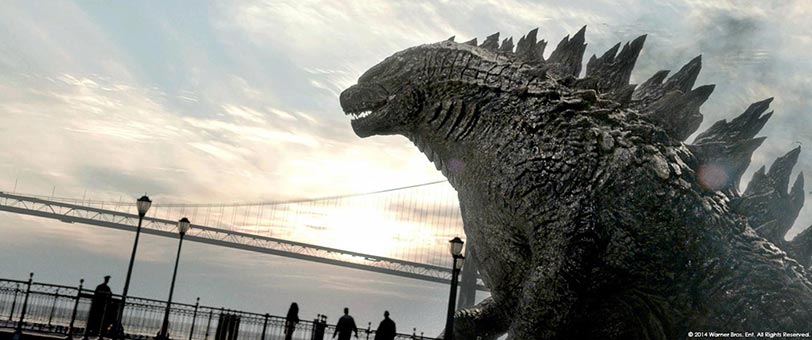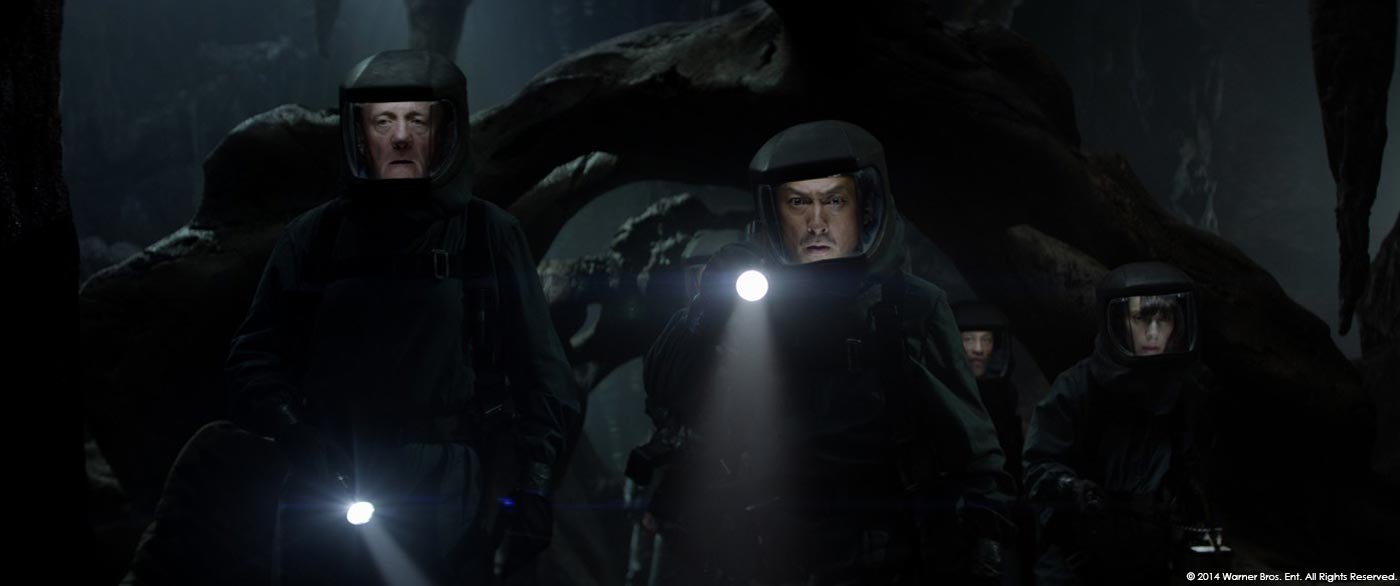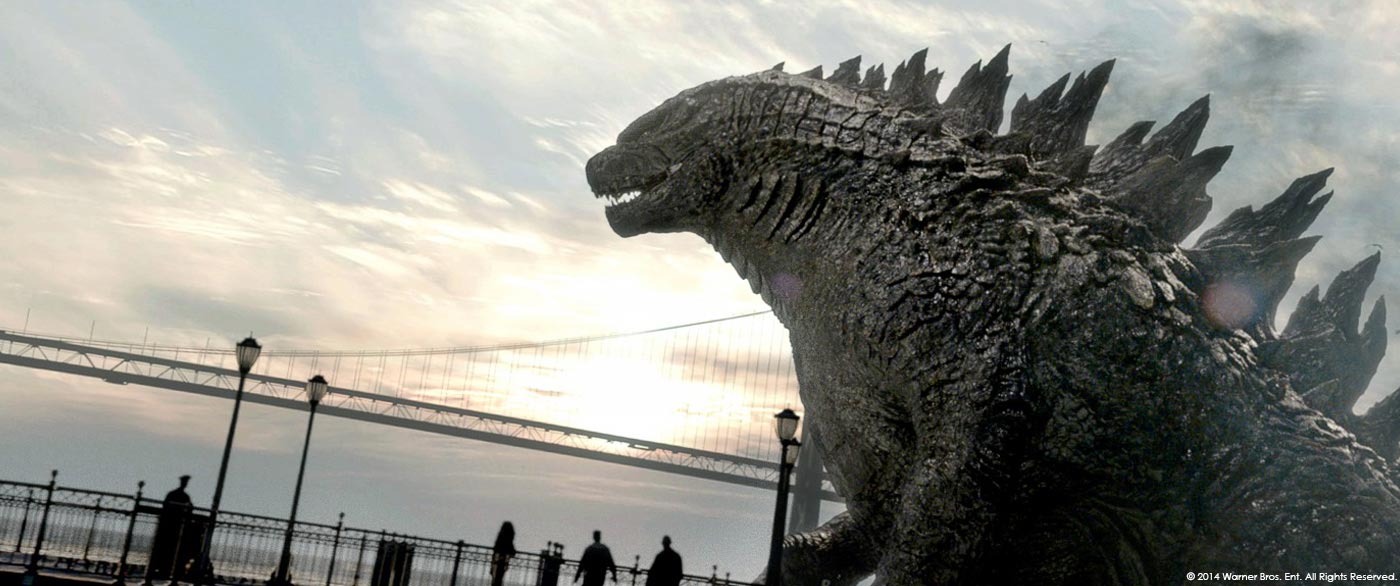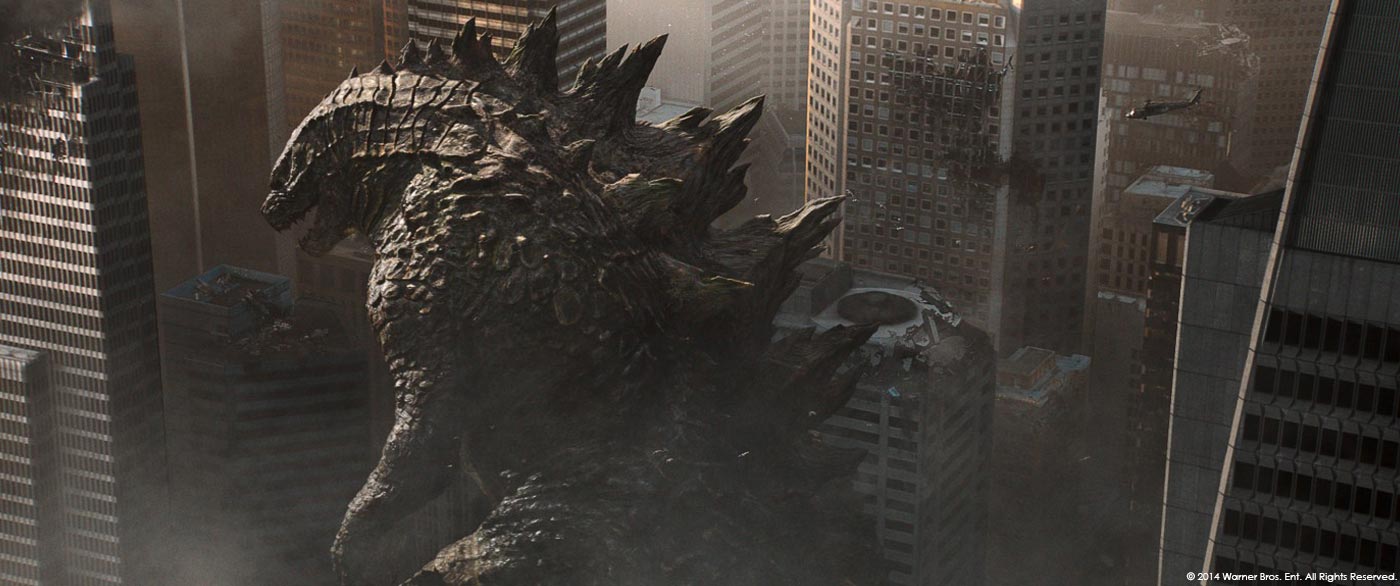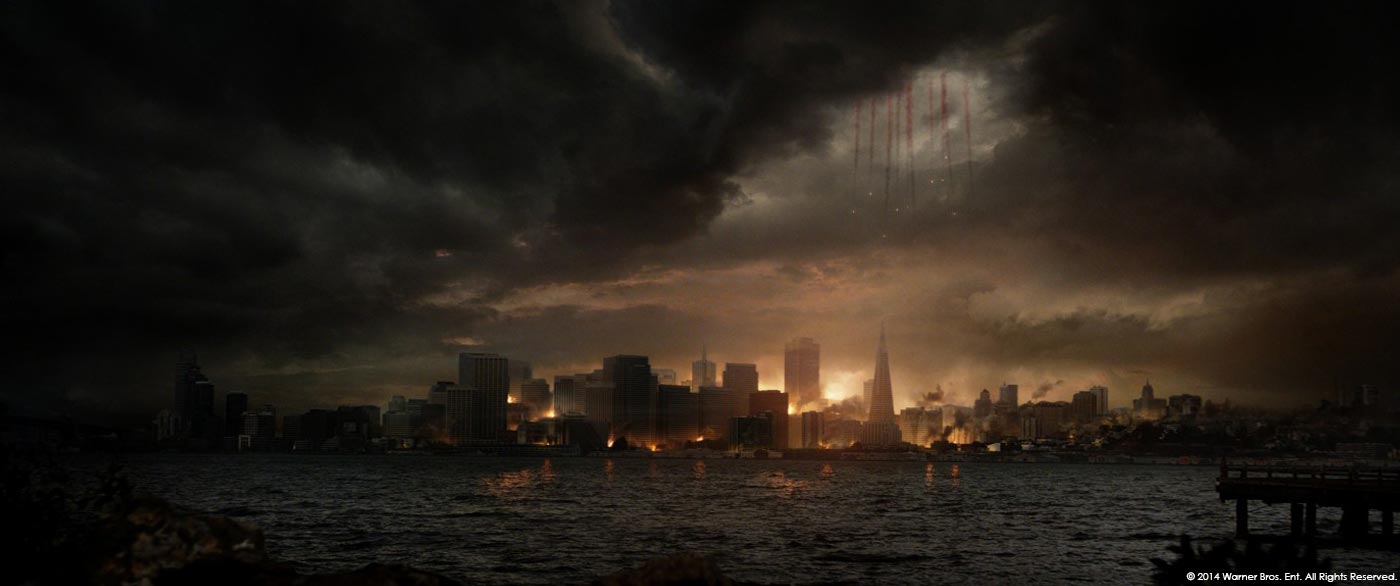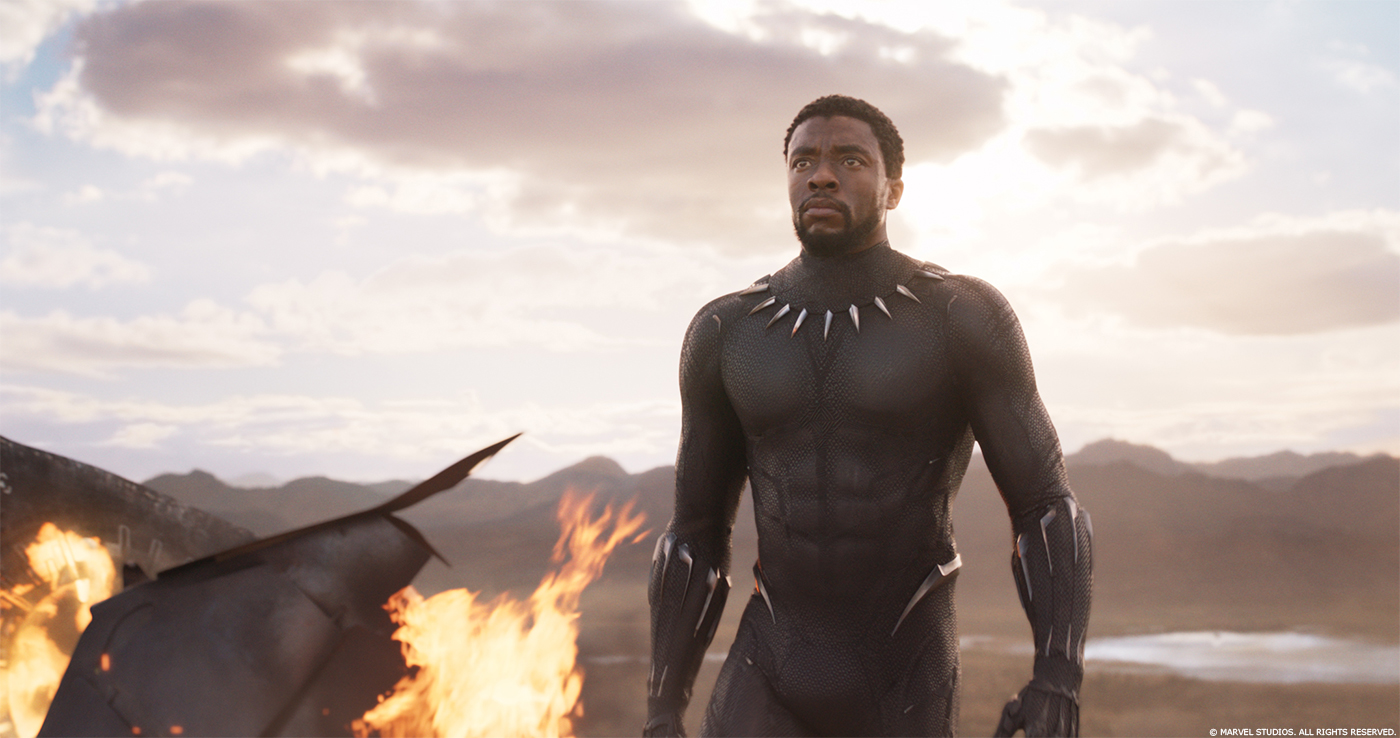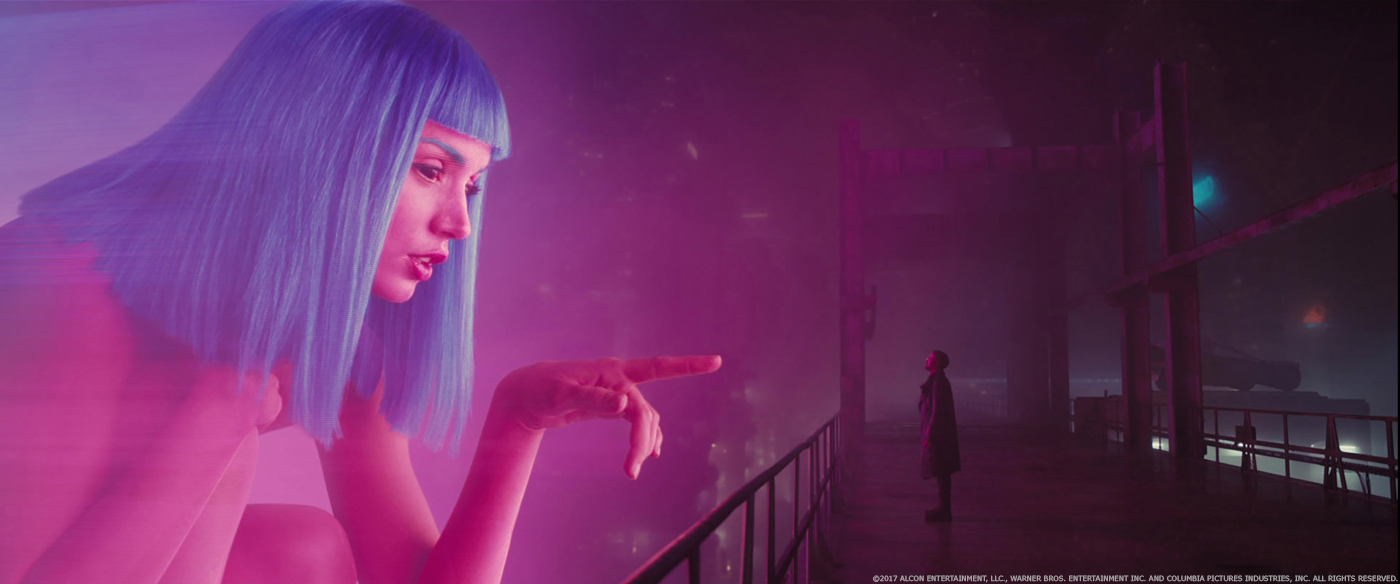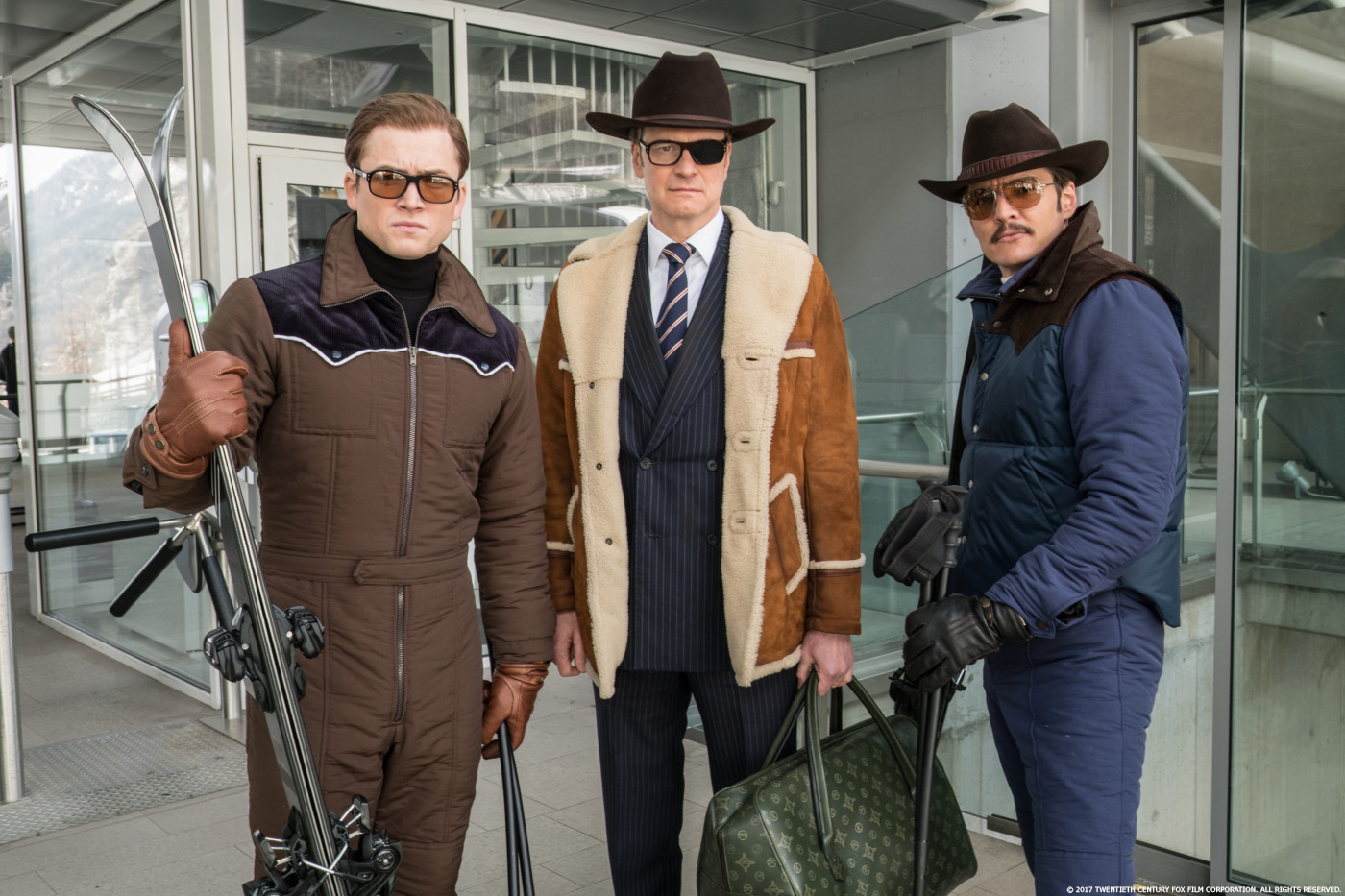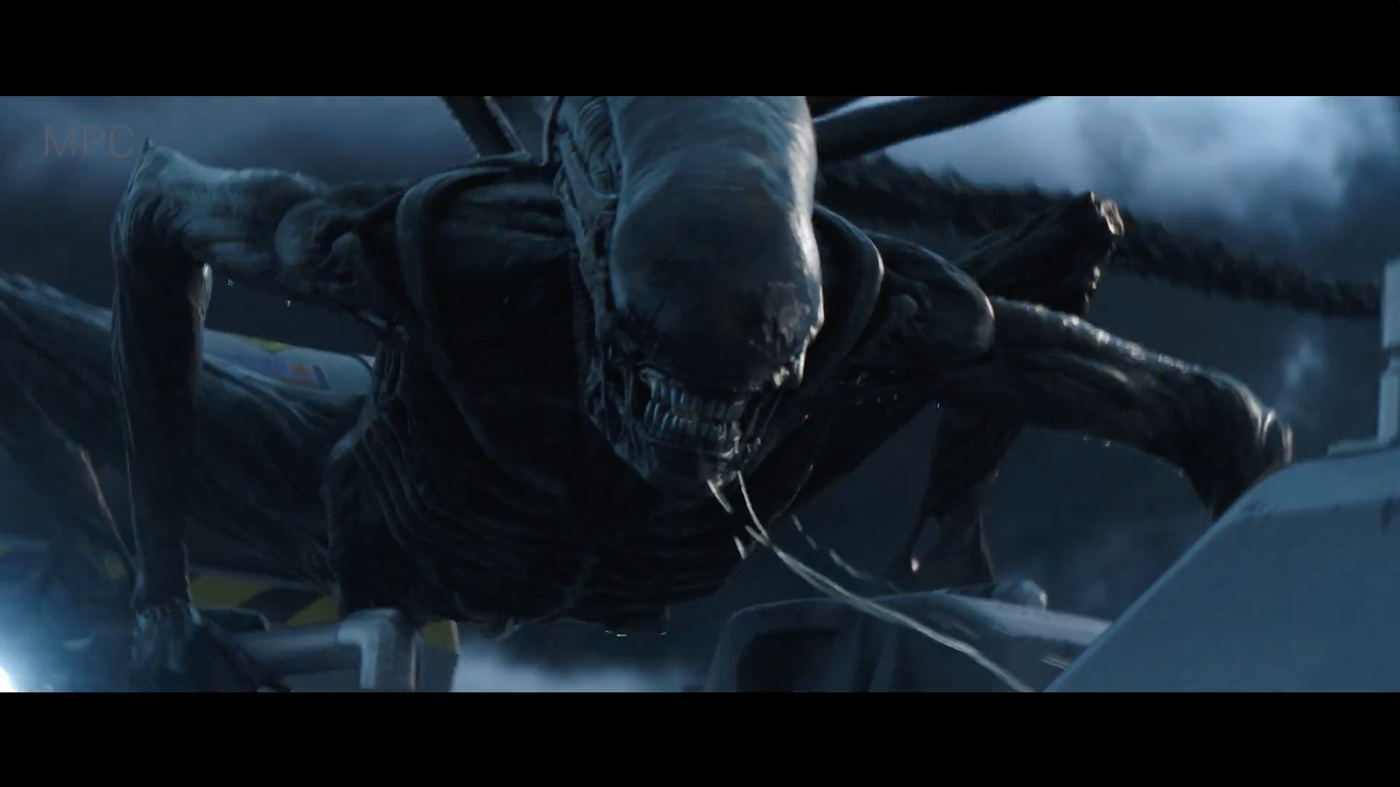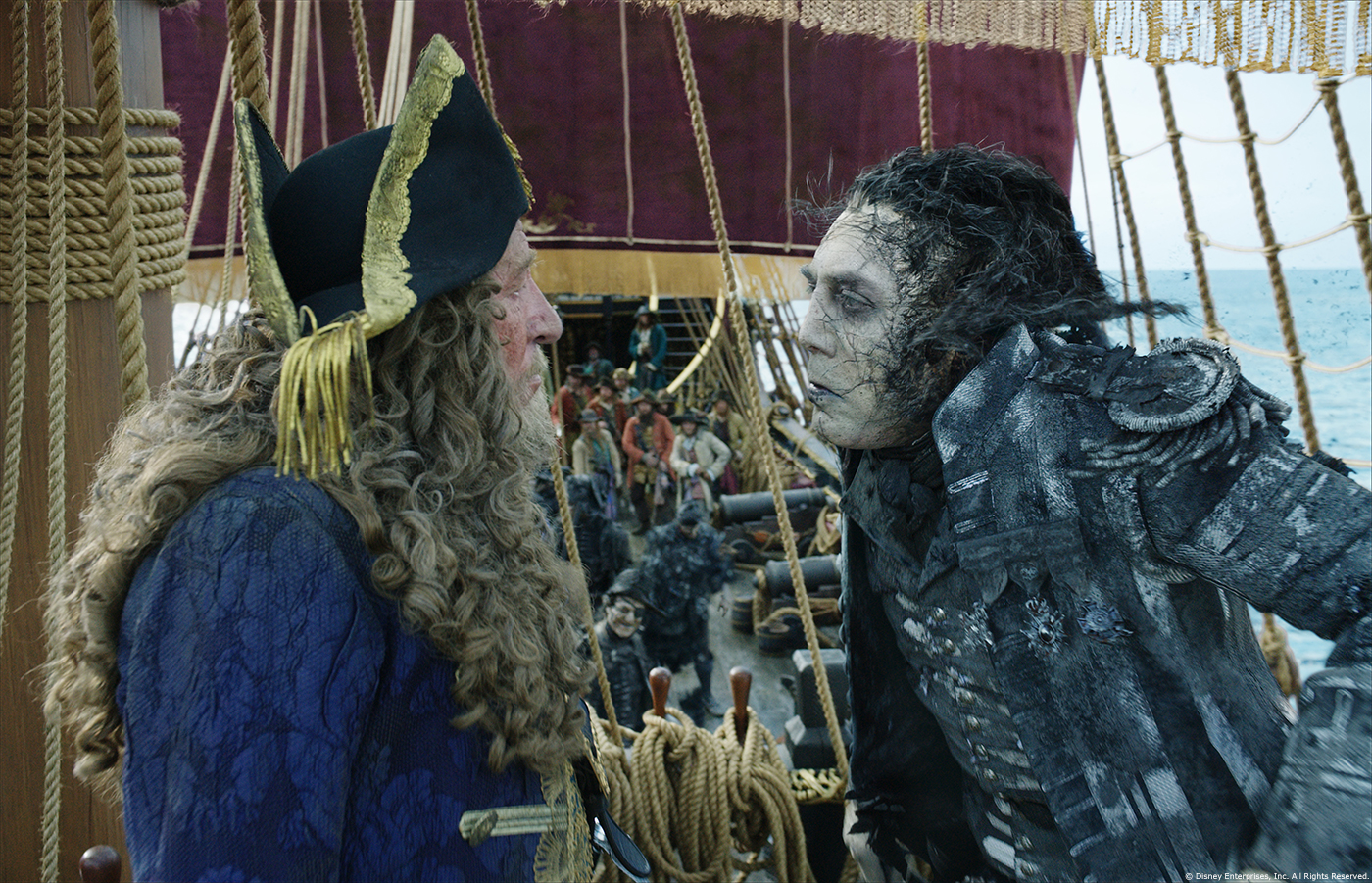Jim Rygiel began his career in VFX in 1980 at Pacific Electric Pictures. Then he joined Boss Film Studios and worked on numerous films such as THE LAST STARFIGHTER, ALIEN 3, BATMAN RETURNS or STARSHIP TROOPERS. Lately, he took care of the effects for THE AMAZING SPIDER-MAN. He has won three Oscars for Best Visual Effects, one for each film of the LORD OF THE RINGS trilogy.
What is your background?
Well I originally graduated from art school in painting and drawing shortly afterwards I went to work at one of the first computer graphics companies in the world. This was 1980 and it was called Pacific Electric Pictures.
How did you get involved on this show?
I was called by Legendary, to meet with Gareth Edwards on GODZILLA, this put up a lot of red flags for me as Gareth was a relatively new first time director doing a huge creature show. Once I viewed MONSTERS and and saw the Comicon teaser that he did for the studio I was hooked, the Comicon piece looked fantastic, and that was the bar we tried to achieve.
How was the collaboration with director Gareth Edwards?
The collaboration was fantastic, after seeing his credits on his first movie MONSTERS (which was where he did basically everything), I knew that working with him would be a highly creative one, which it tuned out to be.
What was his approach about the visual effects?
Well when we first met we had the same approach, and that was even tho there are 350 foot monsters in the film, it should be shot and appear as tho the creatures were really there, so this is where previs helped greatly as we refried to it on set.
How did you collaborates with Visual Effects Designer John Dykstra?
John was great we called him in the last 3 months to help out on a sequence.
Can you describe one of your day on-set with your team?
Since the set is an ever changing environment, as a supervisor you have to be ready for anything,
and be able to answer all questions that may arise. Many issues come up on set, but if you have a great VFX team behind you those changes that come up are easy to facilitate.
How did you split the work amongst the other VFX studios?
– MPC did all of Godzilla and the MUTO battles (so most of the creature work).
– Double Negative (Dneg) did all of the set extensions shots, such as the trestle bridge, and the nuclear power plant / cocoon.
– Scanline did the tsunami sequence in Honolulu.
These various studios are based around the world. How did you follow their work progress?
We had daily cineSync sessions with MPC in Vancouver, which was fine because we are in the same time zone.
Dneg London also had daily sessions, so we would tend to of those early in the morning, which would be later in the evening in London. It’s fairly easy these days with the internet speeds and the viewing tools.
Can you tell us in details about your collaboration with the various VFX supervisors?
Guillaume Rocheron from MPC was fantastic to work with, he had the patience when we were in the throws of finals. Guillaune also had the creative eye, which is important as yea has to oversee the hourly revisions that are being done by the artists at MPC, Guillaume, Gareth, and myself, all had to be in sync so we could deliver the show in time.
I knew Ken Mcgaugh from Dneg, as we had worked together on LORD OF THE RINGS trilogy 10 years prior. Ken has the important mixture of the technical expertise and the aesthetic eye to be able to deliver very complex ideas and visuals.
How did you approach the creation of Godzilla and the Muto?
Godzilla was fairly easy to create as he was based on the original TOHO Godzilla designs, there were minor adjustments, in proportions, we knew we had to get close so details on the face and claws needed to hold up both at a distance and in tight shots.
The Mutos were created from Gareths vision, so this had a longer process as many iterations were drawn up, the creature had to be formidable enough to stand up to Godzilla yet we wanted a completely different look from any other creatures we had seen in the past.
Can you tell us more about the previz process?
Previz can range from a reference piece to a detailed shot by shot explanation of how to exactly shoot the show with Gareth it was the later. Along with The Third Floor we painstakingly crafted the film, fairly close to how you see it in the film and Gareth used this on set to help set up shots, and to complete final post production with MPC and Dneg.
How did you handle the animation challenge for the monsters?
A fantastic animation team at MPC created the creature work. We used real animal fights (bear vs bear, komodo dragon vs komodo dragon) and used this as a guide to movements.
Can you tell us more about the beautiful parachuting sequence?
Well to keep the realism of the feeling of the parachutists falling, we shot real parachutists (per the previz) and then rotoscoped them off of their backgrounds. MPC then created the moody environment that Gareth wanted in the sequence, we also added the CG red flares.
The monsters caused massive destruction in the cites. Can you tell us more about this aspect?
We had a few shooting trips to San Francisco where we deployed 5 panoramic gigapixel cameras. covering the angles, per the previz. MPC then took these and mapped them onto a CG representation of the city, so we got the realism of the photos with the perspective from the CG environment so then we could create our own moves I also shot helicopter plates from various angles.
What was your feeling to be in the Godzilla universe?
When I went to see it at the theater and then heard people cheer when Godzilla came on, I knew we struck the right note that we were supposed to amongst the Godzilla fans. I have always been a Godzilla fan so I worked on what I would like to see in Godzilla, and I think it paid off.
What was the biggest challenge on this project and how did you achieve it?
The interactivity of the creatures in the SF environment, we used very time consuming sims of fog / smoke / debris / and destructions interacting with the creatures as they moved thru the city, this took weeks to compute per shot, so chaining animations was very difficult.
What do you keep from this experience?
Well what I have found is that when the entire crew is in sync and harmony with each other, it shows on the screen. The same thing happened on the LORD OF THE RINGS trilogy.
Its clear that everyone wanted to be a part of this film from Seamus Mcgarvey the DP, to Alexandre Desplat the composer, Owen Patterson, production designer, Sound, Editorial, etc, etc.
How long have you worked on this film?
I worked a little under 2 years from start to finish.
What was the size of your on-set team?
The on set team was fairly small, it was myself, a data wrangler, and a few Pa’s per unit.
What is your next project?
My next project is a holiday and then looking for the next thing.
What are the four movies that gave you the passion for cinema?
2001 – 2001 – TRON – 2001 (I really liked 2001).
A big thanks for your time.
© Vincent Frei – The Art of VFX – 2014


